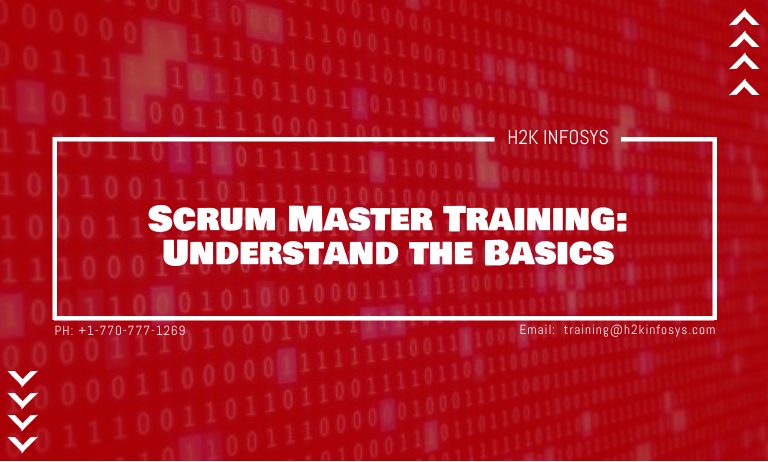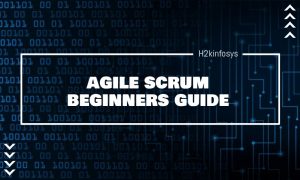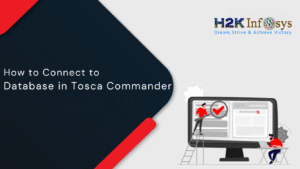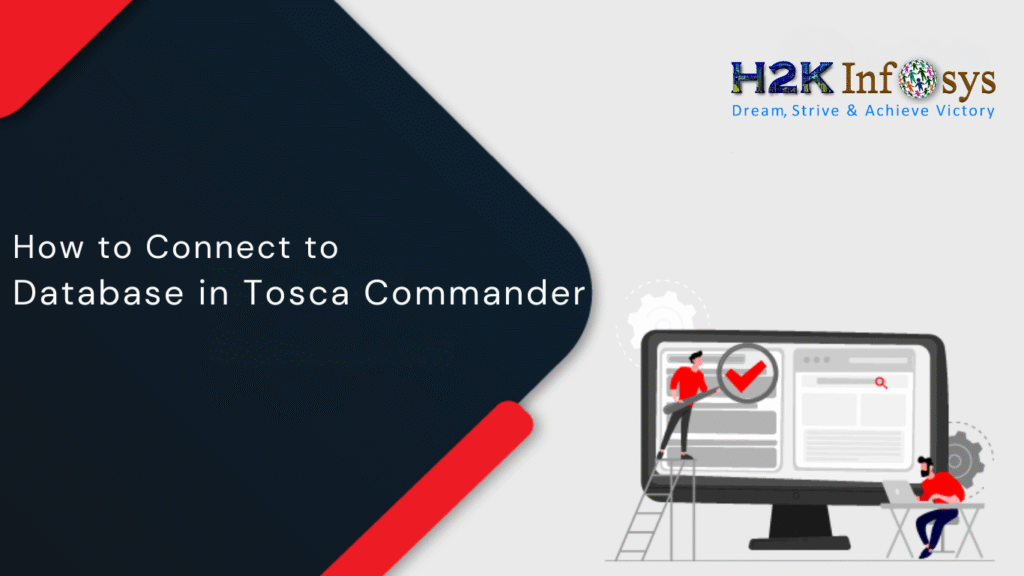Scrum Definition:
Scrum is an Agile Development Framework for product development management. It is a dynamic and systematic approach to product development. The production and quality assurance teams in this approach operate as a single entity.
Scrum Master
A Scrum Master is an individual who assists others in understanding Scrum and supports the project team by eliminating barriers. It also helps to simplify the complexity of programs.
The Scrum master must therefore ensure that the development team adheres to Scrum’s core principles. He is also known as a squad leader, helping the team do the best they can. Besides, it ensures the success of the Scrum adoption in the business.
Scrum Master serves as the core of Scrum’s project. He must carry out responsibilities such as:
- The Scrum Master must ensure that the squad achieves its business goals.
- The Scrum Master helps the staff to work together.
- The Scrum Master is in control of planning, grooming the team backlog, sprint demonstrations, and sprint retrospectives.
- Scrum procedures are driven, and the Scrum principles are maintained.
- Encourage best technical practices such as test-driven development, automated testing, and continuous integration.
- Ensuring that all parties are present at the meeting at the designated time.
- Collaborates with other members of the team to ensure that dependencies and risk are spread equally across Scrum teams.
- Carrying out feasibility studies.
- Performing feasibility studies, writing requirements, and validating them.
Scope of Scrum master’s role
Scrum masters aren’t project managers. In the agile method, both roles are separate. He would not lead a team through every stage of development. He is not accountable for any technical decision or for handling the business with customers. He will never lead the team or make any choices on behalf of the team.
Scrum Master Expertise
The Scrum Master is an extremely influential character in the agile Scrum framework. He/she should have several skills, like technical, scrum, and soft skills.
Scrum Master must have knowledge of various strategies and methods for handling self-organizing teams. He’s expected to demonstrate fairness, dignity, confidence, and appreciation for the team. He is supposed to have experience in Agile, IT coaching, and presentation. In addition, Scrum Master should be able to arrange meetings in such a manner that it does not disrupt the daily work of the members of the staff.
Traits of Professional Scrum master
Significant characteristics of Scrum Master are as follows:
Servant-leader: Servant leadership is a type of social leadership. Scrum Master works as a servant leader to accomplish the goals of the project through service to others.
Morale Booster: The Scrum Master also serves as a Morale Booster by inspiring the players to do their job more efficiently.
Facilitator: Scrum Master plays the role of facilitator as he helps the team to realize their shared purpose of the project. He also helps the team to accomplish these goals while being impartial.
Coach: Scrum Masters coaches the squad to become self-organized and leads them along the path of quality growth.
Agent: Scrum master often performs the role of an agent who tries to make the required improvements to allow Scrum to be properly applied.
Mentor: The Scrum Master should express his expertise, experience, and also his thoughts as a mentor.
Removal of Obstacles: Scrum Master should eliminate any hurdles stopping the development team to work in the ideal conditions.
Framework Manager: The Scrum Master is also accountable for the framework under which the team performs.
Observer: the smallest behaviors of the team members must be continuously monitored.
Scrum master activities:
Activity 1: Capacity and velocity preparation using the spreadsheet and the Jira tool.
Activity 2: Identify the necessary achievable stories with the remaining points from the sprint analysis.
Activity 3: Review the previous sprint velocity with the team.
Activity 4: Estimation of Team Capability
Activity 5: Measurement of the number of points completed by the team
Activity 6: The team member shall execute all known tasks and measure the task commitment within an hour. Scrum Master should ensure that the tasks given to participants are never greater than their capacity.
Activity 7: The Scrum Master must also ensure that the activities are carried out in no longer than 16 hours. Whether it’s bigger than anything, he should order the team to break them down.
Best Practices
- Scrum Master should communicate with all developers, project managers, and owner’s to recognize their problems.
- He should entrust his confidence to the members of his team in completing the assigned job.
- The Scrum Master should minimize multitasking in his/her work.
- He should value every member of the team and listen to everyone’s opinion.
- He should express sincere respect to the team for their successful accomplishments;
Difficulty of Scrum Master’s role
Firstly, handling large-scale self-organizing teams is a complicated task. It takes a lot of determination. Scrum Master has to handle disputes between team members and project managers.
He may lead the whole Scrum management project without any power. He needs to learn about motivation, interaction, behavioral economics, and a whole host of other social sciences that certainly require a lot of attention beyond his work.
Certified Master Scrum
To become a licensed Scrum Master, you need to clear the Certified Scrum Masters exam known as the CSM. This qualification helps the applicant understand Scrum principles, procedures, implementations and offers a degree of experience and expertise.
CSM Certification Training Requirement
While there are no qualifying requirements set for CSM qualification, it is still advisable that you should have an understanding of the Scrum concepts and have a working knowledge of the overall Scrum method.

Benefits of a Scrum Master Certification
Below are some of the benefits of getting a CSM certification:
- Allow you to expand your career by remaining active and marketable in all business sectors.
- The CSM curriculum is structured to teach improved skills for better execution of Scrum;
- CSM Certification also offers an incentive to stand out in the global Scrum culture.
- This program allows a person to learn about a job atmosphere that is beneficial for the success of an organization.
- CSM Certification helps a practitioner to engage with a Scrum specialist.
- With this certification, the individual would have access to local organizations, networks, and two years of Scrum Alliance membership.
Objectives of CSM course
- Scrum fundamentals and principles
- Should be able to start using Scrum with full ease
- Learn how to decide when to incorporate Scrum
- Scrum meetings, involving Sprint Retrospective, Sprint Review, and Release Planning;
- How the Scrum process varies from other approaches such as Waterfall and Agile
- Scrum artifacts such as Product and Sprint Backlog, and Burndown Charts
Phases of CSM Certification
After completing the training, the Scrum certification applicant needs to
Phase 1: The individual needs to pass the online assessment test. This analysis includes subjects such as Scrum Technologies, Practices, and Principles.
Phase 2: He/she will receive Scrum Master Certification from Scrum Alliance following successful completion of the test.
Phase 3: The individual becomes an official member of the Scrum Alliance and may function as a qualified Scrum Master.
Scrum Master Career Path
There are numerous opportunities for career advancement as a Scrum Master.
- Scrum Master
It is the first level that any person would achieve after the completion of the CSM certificate. He needs to work in this role for a minimum period of one to five years. He must now satisfy all of the Scrum master’s duties.
- Senior Scrum Master
Sr. Scrum Master is the next step after Scrum Master. To become a Senior Scrum Master, one should gather specialized knowledge of Scrum’s best practices and how to apply them in teams.
- Agile Coach
Agile Coach is the next step after Senior Scrum Master. You require 5 years + knowledge as a Scrum Master and at least one year of men’s experience to become an Agile coach.
Conclusion:
- Scrum is an agile development method for handling product development.
- Scrum Master is an individual who makes others understand Scrum and helps the team to resolve challenges.
- The Scrum Master is in charge of preparation, grooming the squad backlog, sprint demos, and sprint retrospectives.
- The Scrum Master should have the ability to arrange meetings in such a manner that it would not disrupt the daily work of the staff.
- CSM is an assessment to become a professional master of Scrum.
- There are multiple career prospects for a development individual, such as Scrum Master, Sr. Scrum Master, and Agile Coach.
























